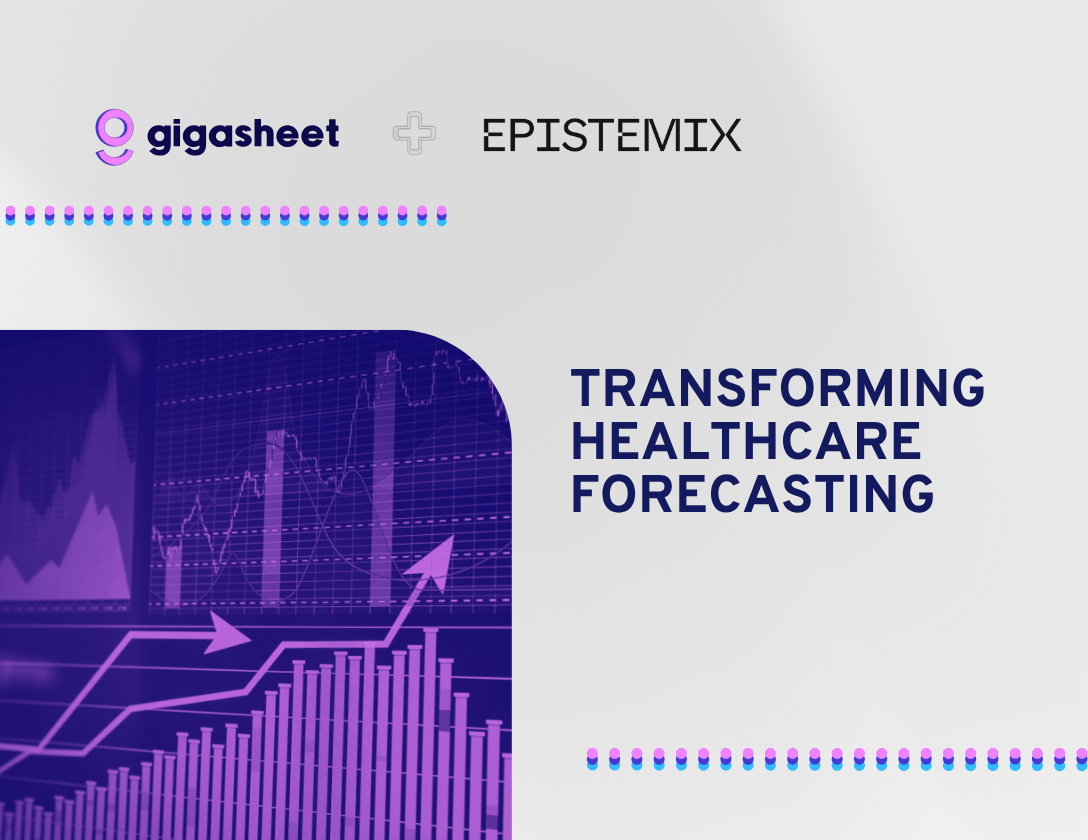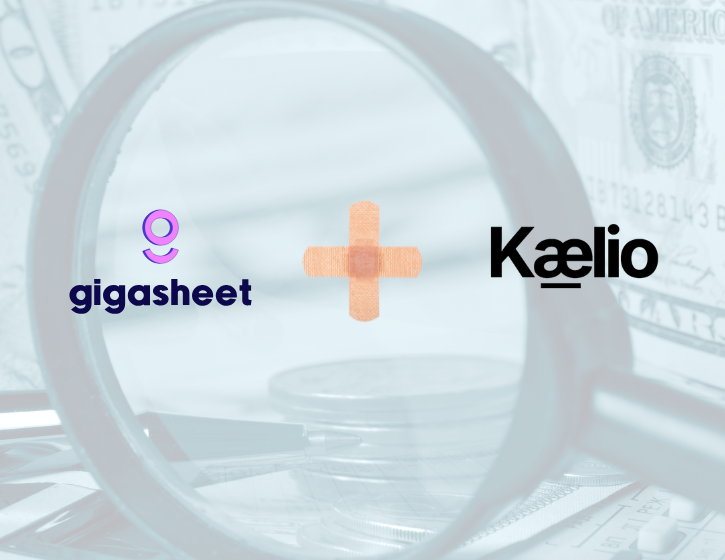Company & Product
Filling Product Usage Gaps: A Gigasheet Guide to Identifying User Personas

Recently, Gigasheet achieved a remarkable milestone: a few weeks ago we welcomed our 100,000th user. I think it’s more than a vanity metric; it's a testament to our commitment to making big and complex data insights accessible to anyone who can use a spreadsheet. However, with all of these users comes a significant challenge: understanding the nuanced needs and profiles within our diverse base.
The Challenge: Filling the Gaps
At Gigasheet we’re deeply interested to understand our users' interactions with our product. We rely heavily on analytics tools like Mixpanel and Google Analytics to understand what’s working and what isn’t. These products provide us with some great reports on how users find Gigasheet, feature usage, adoption rates, and user engagement. As we were wading through all of this data, we hit a moment where we went, “Aren’t we missing the bigger picture here? Who are these people? Why are they here?” And the deeper question - “Are some features users more popular for a specific role or persona?” and perhaps most importantly, “Who’s most likely to convert to a customer?”
Don't have a Gigasheet account? Sign up now, free.
The Gigasheet Approach: Eating Our Own Dog Food
At Gigasheet, we believe in the power of our product not just as a solution for our customers but as a tool for our own growth and learning, aka "dogfooding." Here's how we've used Gigasheet to uncover the answers to our questions and how you can do the same.
1. Import and data prep:
The first step was to import all of our usage logs into Gigasheet. Because Gigasheet scales nicely, we can look at the entire dataset. We actually imported data from Auth0 and Mixpanel, as well as our billing system and our own logging. Auth0 exports data as json, but Gigasheet automatically flattens it to a tabular format. Next it was easy enough to join with data sets using our Cross File VLOOKUP function and match on email address. In our data email address is the primary key that joins everything together.

2. Clean
Now that we have data in place, we can use Gigasheet's Email Format & Alexa Rank enrichment. This function loops over each row in our dataset and adds a few columns to our sheet: it extracts the top level domain from the email, adds the Alexa traffic rank for that domain, and adds a column the disposition of the email addresses (business, free service, or temporary mailbox). Next we filtered the data to focus on organizational (business) email addresses, so we could concentrate our analysis on the segment that holds the most potential for customer engagement.

3. Fill the demographic gaps:
Now it’s time to figure out “who are these people.” We used our Person and Organization enrichment, powered by our partner RevenueBase, to add persona details to each user. This data largely comes from their role and company industry on their LinkedIn profile (RevenueBase categorizes this automatically). This step allowed us to take a more comprehensive look at our users, and surface demographics, firmographics, and this combined with their feature use allows us to make some educated guesses as to the motivations of our users.

4. Automating the entire workflow
Finally we decided we want to track this on an ongoing basis, so we automated and scheduled all of these steps. We used our API to do this, but if you’re not familiar with coding you can use Zapier or other no-code automation tools to do the same.

Results and Reflections
This approach has not only filled the gaps in our product usage data but has really transformed our understanding of our user base. We now have a clearer picture of who our users are, what industry they work in, and what their role is. We can then group and sort by features that are most popular, and use this to drive internal discussions on how we can better serve their needs. This, in turn, has informed our product development strategy, helping us prioritize features and enhancements that deliver the most value to our users.
Looking Ahead
As we continue to grow and evolve, the insights gained from eating our own dog food will be central to our strategy. It's a powerful reminder that the tools we build not only serve our customers but can also drive our own innovation and understanding.
If you’re reading this I hope it will help you to dig deep in your product’s usage data and fill demographic gaps in users data. Hopefully insights you uncover will help you unlock your next phase of growth and customer satisfaction.
As I mentioned at the outset, we at Gigasheet are committed to leveraging our platform to bridge the gap between data and actionable insights. It's a journey of continuous learning, adaptation, and growth.
Try It
The ease of a spreadsheet. The power of price transparency.






%20(2).png)













